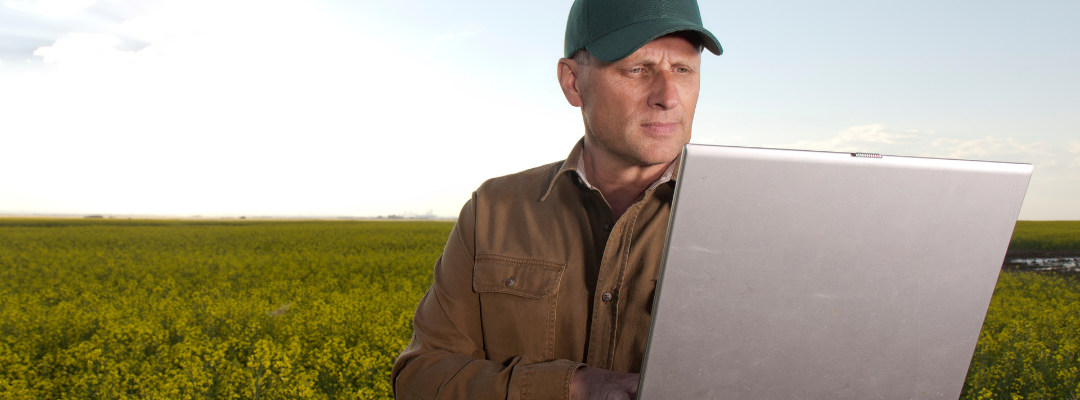I was at a field day showcasing research conducted at one of our university’s research and education centers a couple of weeks ago. Land grant universities across the U.S. have similar research and education centers, where field research is conducted and results are shared with producers and industry stakeholders. These centers enable experts to conduct unbiased, scientific research that gets disseminated to future adopters of the production practices or technologies being studied. If you have a chance to attend a field day at a local university research and education center, you won’t regret the experience. At the end of this field day, we gathered in the air-conditioned conference room for a debrief. We asked producers and stakeholders about their thoughts and needs for future research and education. When the topic of agricultural economics came up, one producer mentioned the continued need for risk management education.
So how do producers manage their risk? What follows are a few thoughts on the five main areas of risk in agriculture: production, marketing, financial, legal, and human.
Production risk impacts the ability to produce livestock, poultry, or crops. The weather is unpredictable and impossible to control, but producers can diversify by growing a variety of crops or meat animals throughout the year. Appropriate crop rotations and nutrient management plans can ensure fertilizers are used efficiently. Integrated pest management programs can help reduce the risk of damage from insects, diseases, and weeds. The use of irrigation management systems can improve water use efficiency. Another way to manage production risk is with insurance, which can help cover losses that may occur from an unpredictable event that impacts production.
Marketing risk impacts the sale of products and the prices at which they are sold. Producers who know their cost of production can forward contract their products at prices above their costs to lock in their potential for profit. Creating a marketing plan takes out the indecision and emotional component that may occur when prices are changing. Producers may also use futures or options to hedge the cash price of the livestock or crops in production. Futures and options can help establish price floors or ceilings for products. Another way to manage marketing risk is through selling directly to consumers or joining a marketing cooperative to sell products with other producers. Crop insurance, with revenue protection, is also a tool that can be used to manage marketing risk.
Financial risk impacts the business side of the farm or ranch. First and foremost, producers can manage financial risk through excellent recordkeeping and up-to-date financial statements. The use of financial recordkeeping software enables producers to monitor and manage financial performance measures like working capital, liquidity, return on investment, and profitability. Financial software can also be used to look at cash flow and see what times of year operating capital will be needed and when it can be paid off. Keeping an eye on family living withdrawals from the farm business is also important, as well as determining if off-farm income is needed to support the family.
Legal risk impacts the farm business in terms of liabilities and compliance with regulations. The organizational structure of the farm business can be an important strategy to protect farm business owners from personal liability. Sole proprietorships, although easy to form, leave the owner personally liable for any debt of the farm business. Other forms of legal organizational structures include partnerships, limited partnerships, corporations, and limited liability companies. States may vary in the licensing and paperwork required to form different organizational structures, so producers are encouraged to seek advice from their accountant or an attorney. Managing legal risk also means being aware of laws and regulations that impact the farm business and complying with them at the local, state, and federal levels.
Human risk impacts the people in the farm business, from owners and managers to heirs and employees. One way to manage risk between owners and heirs is to have an estate plan in place to help ease the transition of the farm business to heirs. Open communication is important within the family to ensure all members know their role in the farm business. Communication is also important with employees. There should be clearly written job descriptions with clear expectations on performance, and employees should receive appropriate training for their jobs. Managing human risk includes knowing and following all local, state, and federal labor laws that govern occupational safety and agricultural worker protections.
When risks are managed well, producers can minimize loss and increase their probability of profit. When you get a chance, attend the next field day at your local research and education center so you can learn how best to manage risk.
Smith, Amanda R. “Risk Management.” Southern Ag Today 5(38.1). September 15, 2025. Permalink

